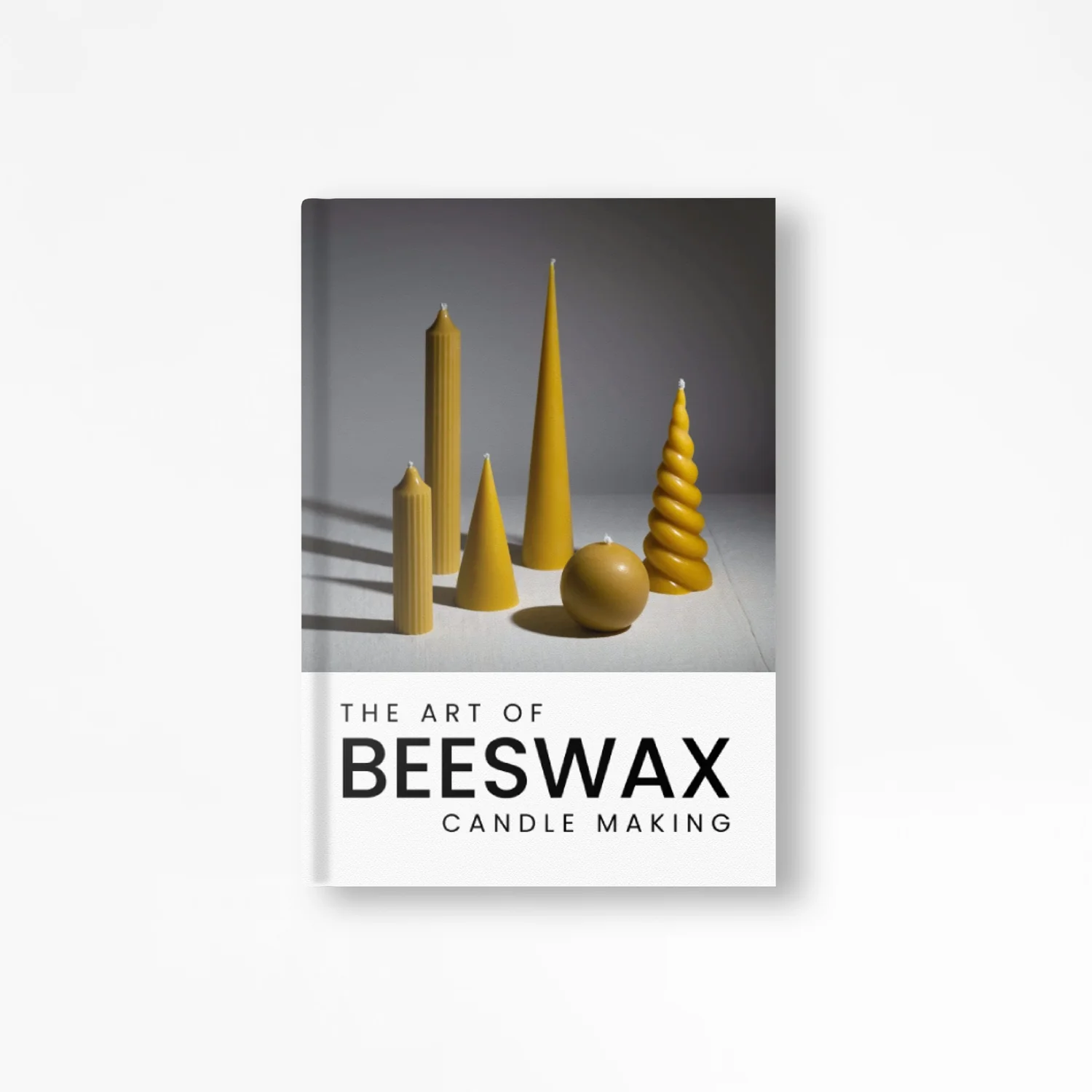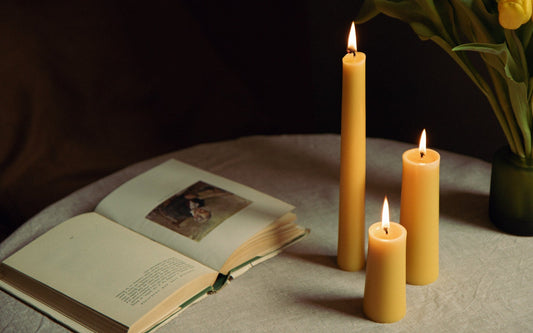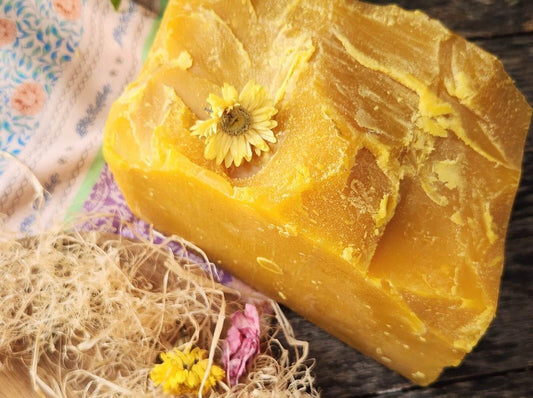Bumble bees are fascinating creatures that play a crucial role in pollination and ecosystem health. In this article, we will explore the world of bumble bees, delving into their history, anatomy, behaviour, favourite flowers, and understanding their importance as wild pollinators.
History of Bumble Bees
Bumble bees have a rich history that spans millions of years. They are native to various regions around the world, including North America, Europe, Asia, and Africa. Bumble bees have coexisted with flowering plants for millions of years, forming an essential part of natural ecosystems.
Anatomy of Bumble Bees
Bumble bees have a distinct anatomy that sets them apart from other bee species. Here are some key features:
1. Size and Appearance:
Bumble bees are larger and bulkier compared to honey bees. They have round, hairy bodies with black and yellow or black and orange coloration, which serves as a warning to potential predators.
2. Wings and Flight:
Bumble bees have large wings relative to their body size, enabling them to fly with precision and agility. They are excellent pollinators for plants that require buzz pollination, a unique technique where they vibrate their flight muscles to dislodge pollen from flowers.
3. Social Structure:
Similar to honey bees, bumble bees live in organised colonies. However, bumble bee colonies are typically smaller, with a few hundred individuals compared to tens of thousands in honey bee colonies.
Behaviour of Bumble Bees
Bumble bees exhibit fascinating behaviours that contribute to their effectiveness as pollinators. Here are some notable behaviours:
1. Foraging Patterns:
Bumble bees are generalist foragers, meaning they visit a wide range of flower species for nectar and pollen. They have a unique ability to fly in cooler temperatures, making them important pollinators during early spring and late fall when other bees may not be active.
2. Nesting Habits:
Bumble bees nest in underground burrows or in abandoned rodent nests. Unlike honey bees, bumble bees do not produce large amounts of honey but store small amounts to sustain the colony during inclement weather.
Favourite Flowers of Bumble Bees
Bumble bees show preferences for certain types of flowers based on their characteristics. They are particularly attracted to flowers that offer:
1. Bright Colours:
Bumble bees are attracted to vibrant flowers, especially those in shades of blue, purple, and yellow. These colours serve as visual cues to guide bumble bees towards nectar and pollen-rich sources.
2. Shape and Accessibility:
Bumble bees prefer flowers with open or tubular shapes that allow them to easily access nectar and pollen. They can use their long tongues to reach deep into flowers with complex structures.
Differences from Honey Bees
Bumble bees and honey bees belong to the same family (Apidae) but exhibit several differences:
1. Size and Appearance:
Bumble bees are larger and have a hairier body compared to honey bees.
2. Social Structure:
Bumble bee colonies are smaller and typically last for only one season, whereas honey bee colonies can survive for several years.
3. Nesting Habits:
Bumble bees nest in underground burrows, while honey bees build intricate wax combs in hives.
Importance as a Wild Pollinator
Bumble bees play a vital role as wild pollinators, contributing to the reproduction of numerous plant species. They are particularly effective at pollinating native wildflowers and crops such as tomatoes, peppers, and blueberries. Bumble bees' ability to perform buzz pollination allows them to access pollen from flowers that other bees cannot reach.
Conservation and Supporting Bumble Bees
Due to various factors such as habitat loss, pesticide use, and climate change, bumble bee populations are facing significant challenges. However, there are steps we can take to support and conserve these important pollinators:
1. Plant Native Flowers:
Create a bumble bee-friendly garden by planting a variety of native flowers that provide nectar and pollen throughout the growing season. Choose flowers with different colours, shapes, and bloom times to attract and sustain bumble bees.
2. Provide Nesting Sites:
Leave areas of your garden undisturbed to provide potential nesting sites for bumble bees. Piles of leaves, brush, or even a bumble bee house can serve as suitable shelter for these pollinators.
3. Avoid Pesticides:
Minimise or eliminate the use of pesticides in your garden to protect bumble bees and other beneficial insects. Opt for organic pest control methods such as handpicking pests or using natural predators.
4. Create Habitat Diversity:
Include a variety of flowering plants that cater to bumble bees' different preferences. Incorporate flowers of various shapes, sizes, and colours to attract a diverse range of bumble bee species.
5. Educate Others:
Spread awareness about the importance of bumble bees as pollinators. Share information with friends, family, and community members about their role in ecosystems and the need to protect their habitats.
Conclusion
Bumble bees are remarkable creatures that contribute significantly to pollination and ecosystem health. Their unique anatomy, behaviours, and preferences make them essential wild pollinators. By understanding their history, anatomy, behaviour, favourite flowers, and differences from honey bees, we can appreciate the vital role they play in supporting biodiversity and food production.
Conserving bumble bees and their habitats is crucial for maintaining healthy ecosystems. By creating bumble bee-friendly environments, avoiding pesticides, and spreading awareness, we can ensure a brighter future for these incredible pollinators.
Photo by Dmitry Grigoriev on Unsplash










